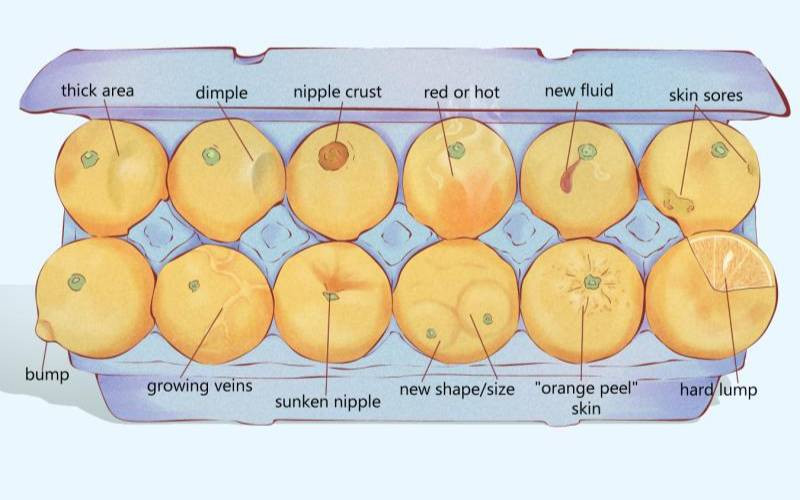×
The Standard e-Paper
Join Thousands of Readers

The topic of breast cancer elicits a range of emotions, from curiosity and fear to hope. The disease affects millions of women worldwide and, in rare instances, men. Unfortunately, information about breast cancer is veiled in myths and misconceptions.
According to the World Health Organisation (WHO), breast cancer is a disease in which abnormal breast cells grow out of control and form tumours. If left unchecked, the tumours can spread throughout the body and become fatal.